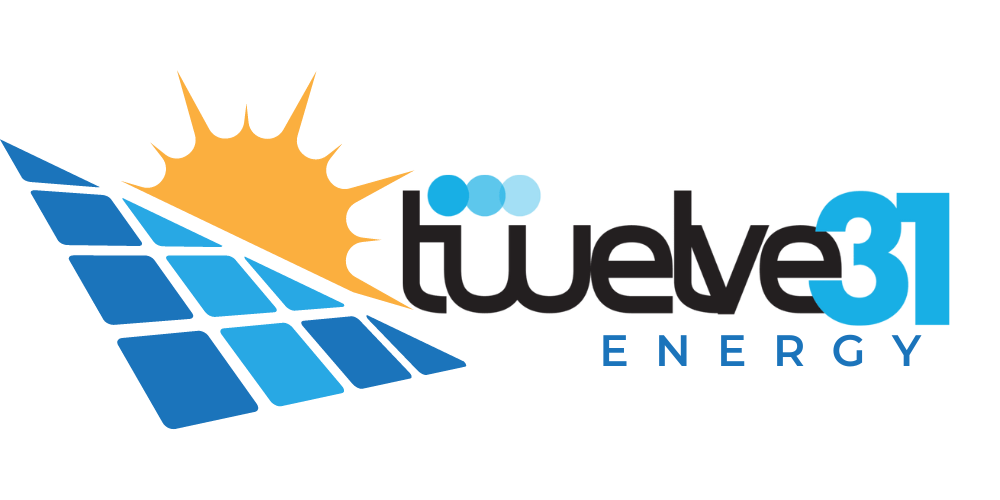In the ever-evolving landscape of renewable energy, innovative solutions are constantly sought to enhance efficiency and sustainability. One such solution that has garnered attention is solar sheep grazing, a practice that combines solar energy production with sheep farming. This approach has gained momentum in Nebraska and Iowa, states known for their robust agricultural heritage and growing commitment to renewable energy. In this blog post, we will explore how solar sheep grazing is revolutionizing the renewable energy sector in these states, providing a win-win solution for both the environment and the local communities.
The Concept of Solar Sheep Grazing
Solar sheep grazing involves integrating sheep farming into solar photovoltaic (PV) farms. Instead of conventional landscaping and maintenance methods, sheep are used to manage vegetation around solar panels. This practice offers numerous benefits:
- Reduced Maintenance Costs: Sheep naturally control grass and weed growth, eliminating the need for mechanical mowing and reducing maintenance costs.
- Enhanced Panel Efficiency: Properly managed vegetation ensures that solar panels operate at optimal efficiency by preventing shading and overheating.
- Environmental Benefits: Solar sheep grazing is a chemical-free method of vegetation management, reducing carbon emissions and promoting biodiversity.
Adoption in Nebraska and Iowa
Nebraska and Iowa, with their vast agricultural landscapes and increasing solar farm installations, are ideal for implementing solar sheep grazing. These states have seen a growing number of solar farms integrating sheep to maintain their sites. This trend aligns with the regions’ agricultural roots and supports local farmers by providing them with additional income sources.
Economic and Community Impact
The economic impact of solar sheep grazing in Nebraska and Iowa is significant. It provides a dual-income stream for farmers, who can benefit from both solar leasing and sheep farming. This practice also creates local job opportunities in the renewable energy and agricultural sectors. Moreover, it fosters community involvement and awareness about sustainable practices, contributing to the states’ overall economic and environmental health.
Challenges and Considerations
While solar sheep grazing offers numerous benefits, it also presents challenges that need careful consideration:
- Infrastructure Adaptation: Solar farms must be designed to accommodate sheep, ensuring the safety of both the animals and the solar equipment.
- Sheep Management: Effective management strategies are required to maintain the health and productivity of the sheep.
- Regulatory Compliance: Compliance with local regulations and guidelines is essential to ensure the sustainable coexistence of solar farming and sheep grazing.
Conclusion
Solar sheep grazing is a promising solution that aligns with the sustainability goals of Nebraska and Iowa. By combining renewable energy production with traditional agricultural practices, this approach supports economic growth, environmental stewardship, and community engagement. As renewable energy continues to evolve, solar sheep grazing stands out as an innovative and practical solution, showcasing the potential for a harmonious relationship between technology and nature in the pursuit of a greener future.
This exploration of solar sheep grazing in Nebraska and Iowa highlights the innovative and sustainable practices that are shaping the future of renewable energy. Twelve31 Energy is committed to embracing such forward-thinking solutions, contributing to a more sustainable and efficient energy landscape. Stay tuned for more updates on how we are integrating these practices into our projects and partnerships.


